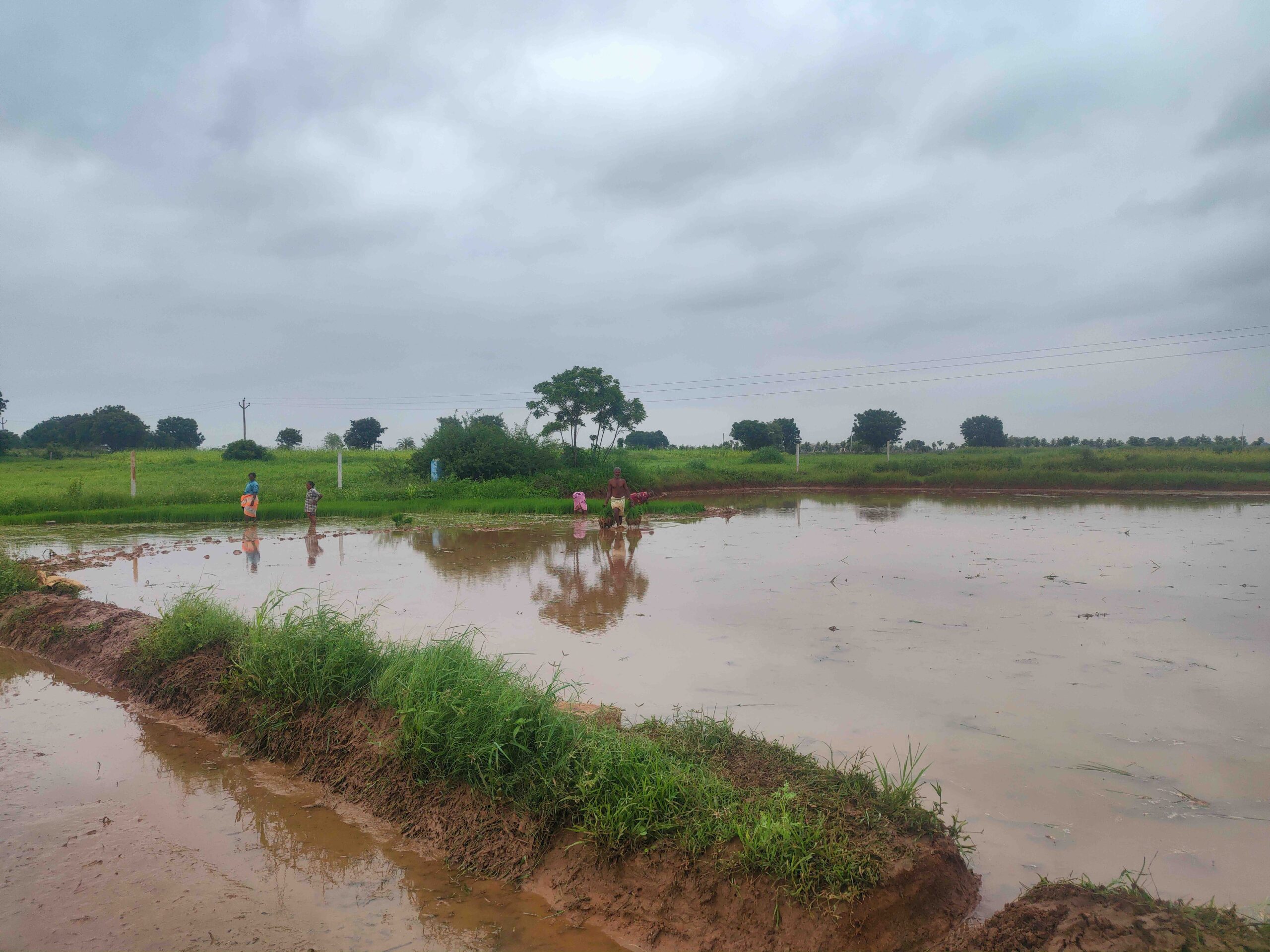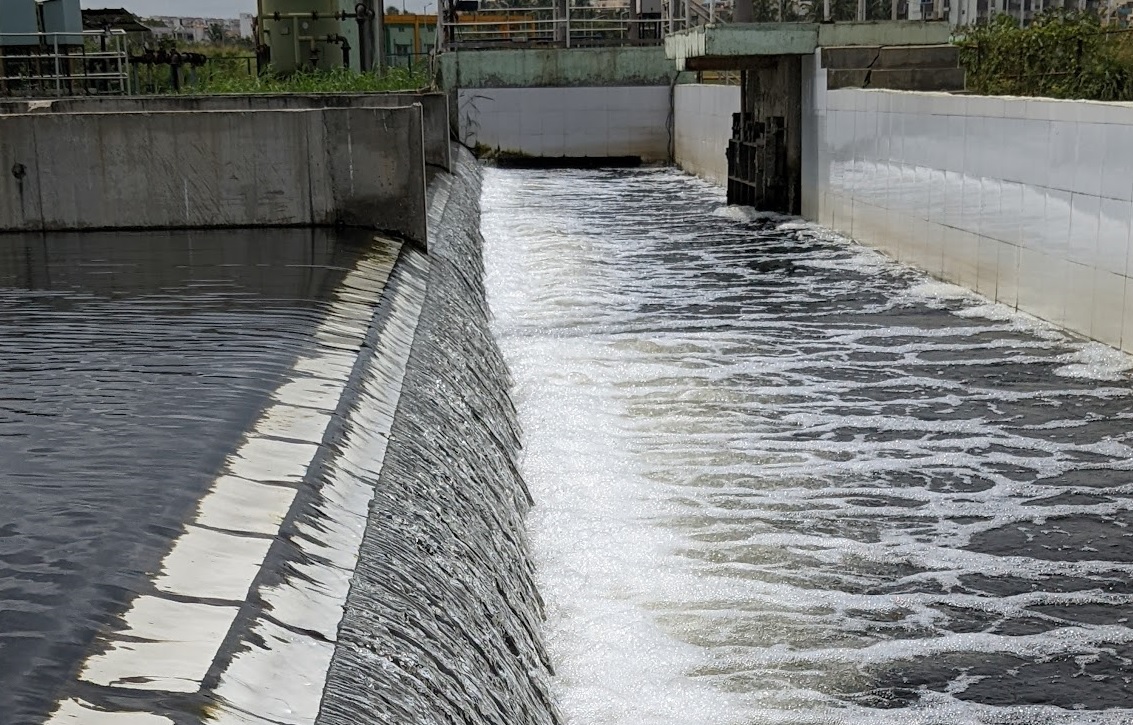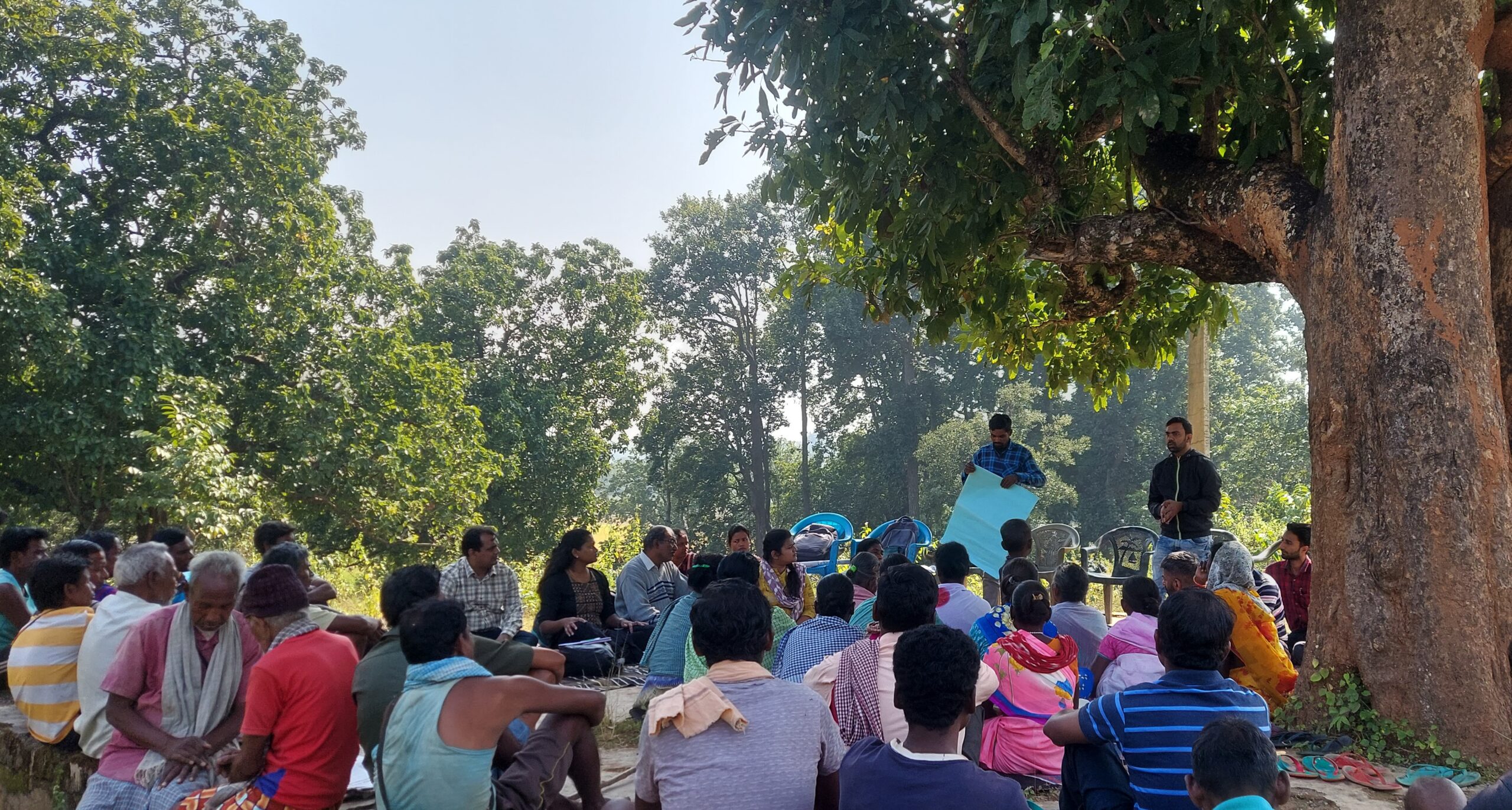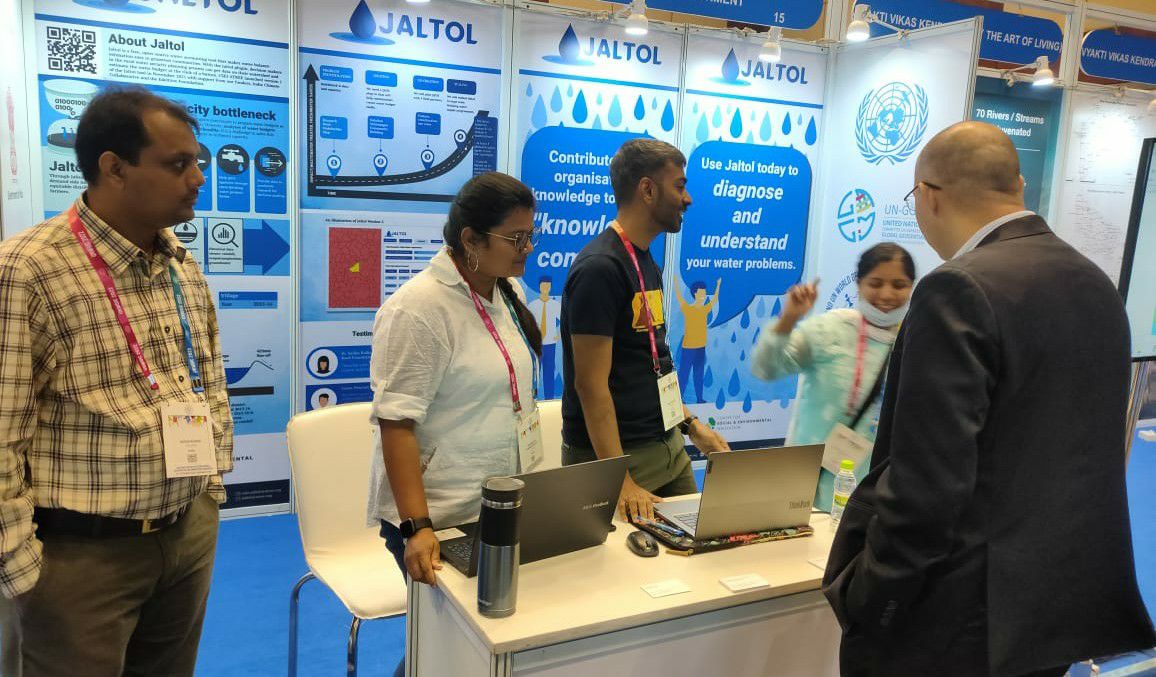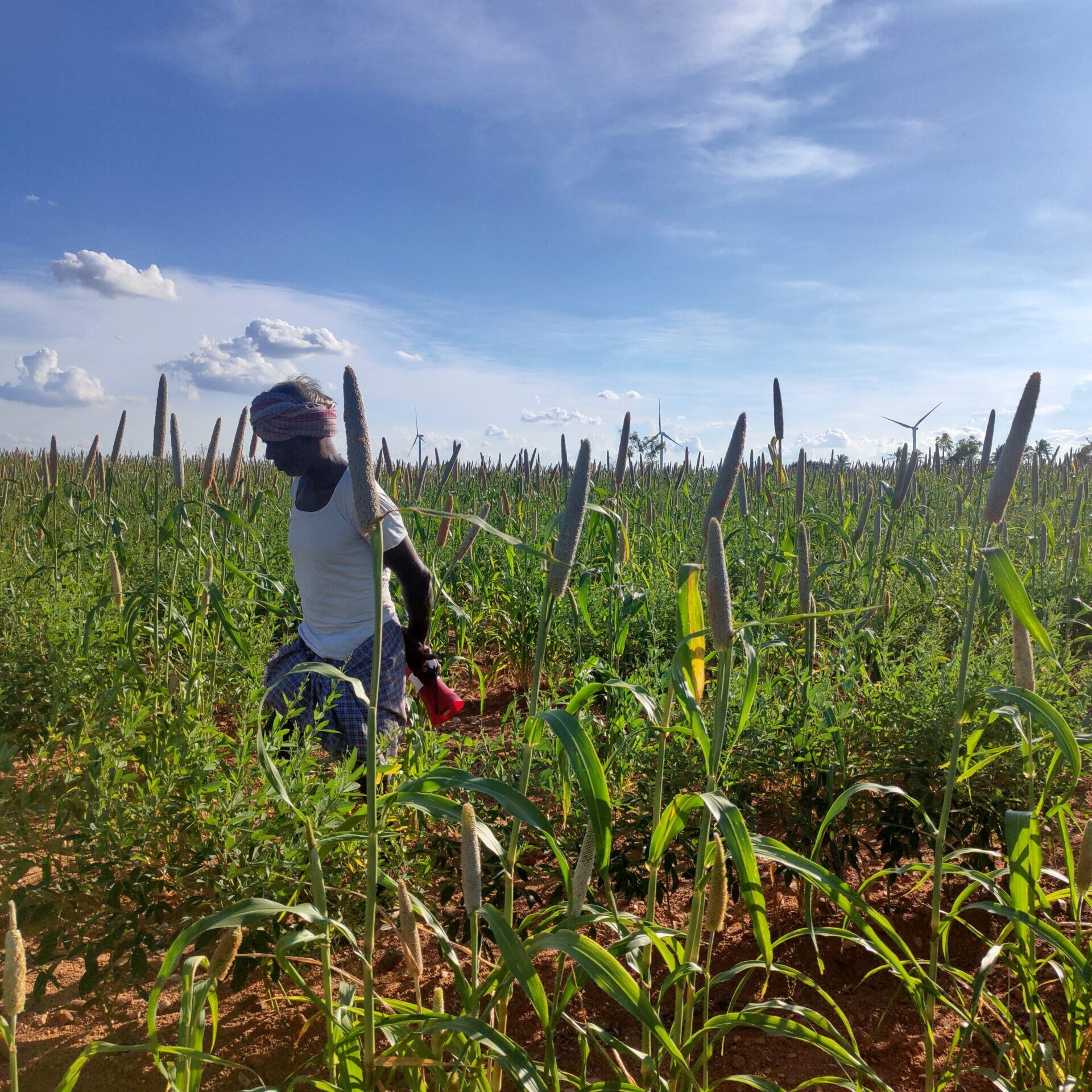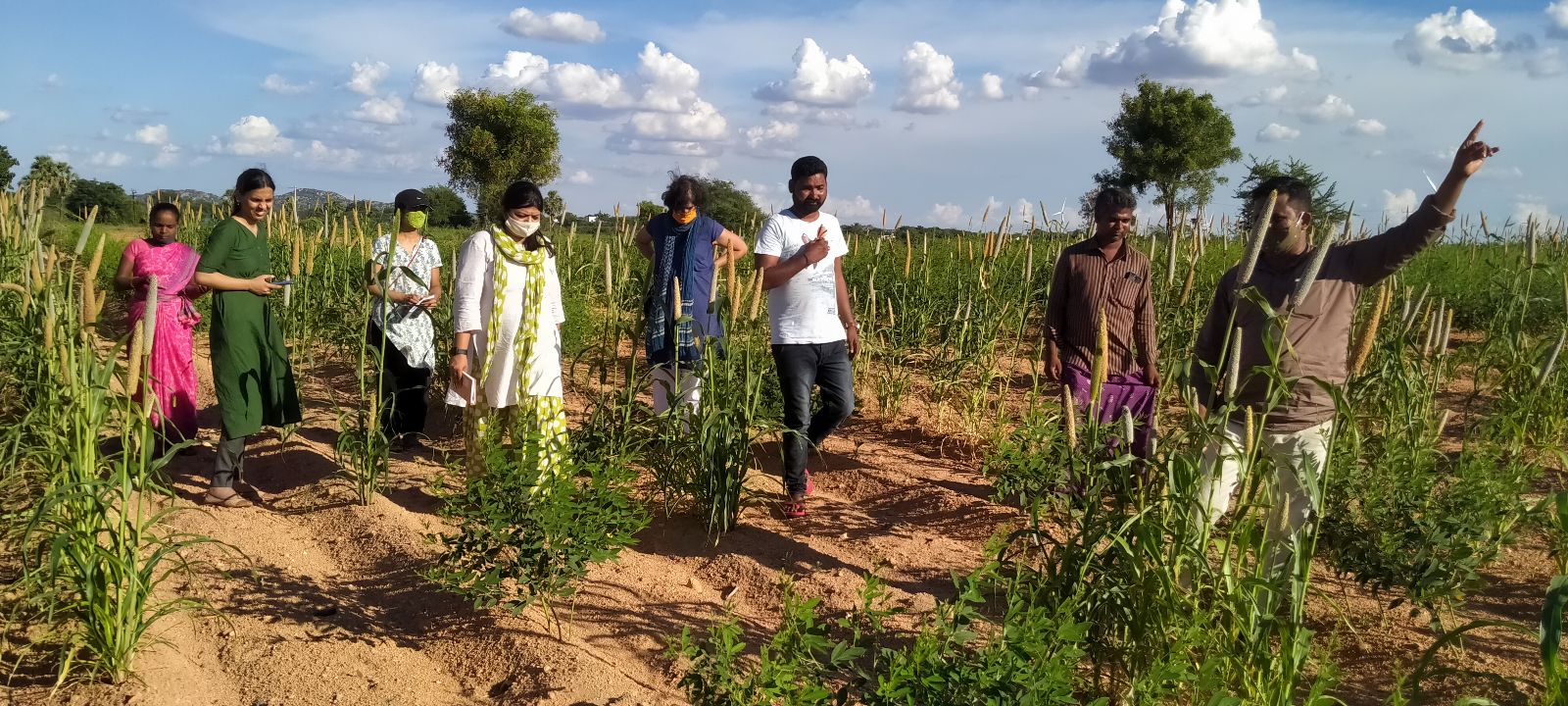Challenges and Opportunities for Catalysing Corporate Water Stewardship in India’s River Basins
To tackle water scarcity and polllution, collaboration across all sectors — agricultural, domestic, commercial and industrial — is essential. Industries and corporations, in particular, have begun to take part in sustainability efforts through mechanisms such as the Environmental, Social and Corporate Governance (ESG) framework. Additionally, given the larger context of water stress in India, it is in the interest of corporations to mitigate water risks which, if left unaddressed, could lead to operational disruptions and costs.
But these efforts have also brought risks, as several corporate houses have been accused of greenwashing.
There is now a push for more sustainable practices as well as transparency in reporting. Because of the increasing scrutiny on how ESG commitments are being met, companies are now investing considerable sums to burnish their sustainability credentials.
One of the underpinnings of such corporate action is better metrics.
Discerning which geographical areas and sectors are most at risk, and engaging with all stakeholders in the ecosystem, is necessary to ensure long-lasting change and avoid unintended consequences. It is in this context that we analysed problems impacting India’s important river basins in terms of water availability, quality and access.
Through a study of GIS (Geographic Information System) map layers, supplemented by a review of secondary data including government reports and research papers, we assessed levels of water stress specific to three river basins — Cauvery, Krishna and Ganga. This helped us gain an understanding of major problem areas, shared challenges that need immediate attention and identify baseline conditions related to water in the three basins. We also determined desirable endline conditions and listed partnerships that already exist in these basins for improving water security.
Fill these details to access the publication
Fill these details to access the publication
Fill these details to access the publication
Acknowledgements
The authors are grateful to Lakshmikantha NR and Ashish Sinha from the Ashoka Trust for Research in Ecology and the Environment (ATREE) for their help and guidance related to estimating water stress in the basin and for contributing to discussions in this project. We are thankful to Anjali Neelakantan, who leads Products and Platforms at WELL Labs, for contributing to the recommendations chapter in this report.
The authors conducted this work when they were with the Centre for Social and Environmental Innovation (CSEI) at ATREE. WELL Labs is now taking it forward in collaboration with ATREE.
Authors: Rashmi Kulranjan, Ganesh Nagnath Shinde, Vidhyashree Katral, Shashank Palur
Editor: Clean Copy
Layout: Srilakshmi Vishwanathan
Cover and back photographs: Rashmi Kulranjan
Suggested Citation: Kulranjan, R., Shinde, G. N., Katral, V and Palur, S. 2023. Technical Report: Challenges and Opportunities for Catalysing Corporate Water Stewardship – Cauvery Basin. Water, Environment, Land and Livelihoods (WELL) Labs. Bengaluru.

